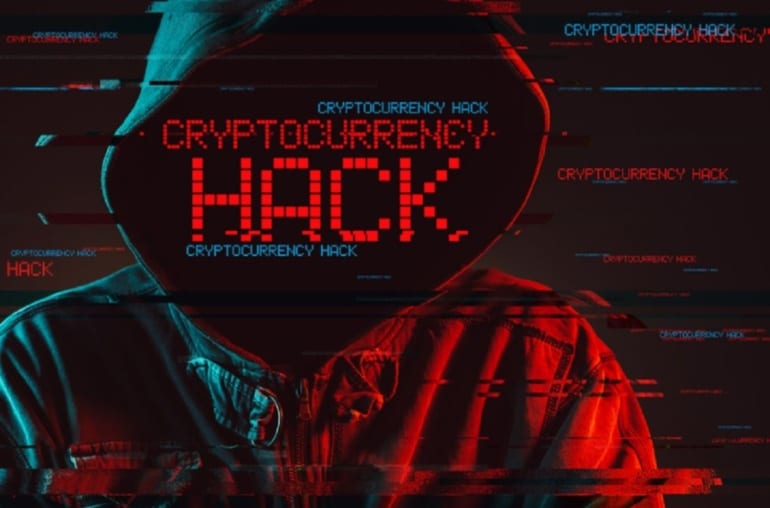Visa expands its stablecoin settlement capabilities using Solana blockchain, partnering with Worldpay and Nuvei to modernize cross-border money movement.
Key Points
- Visa expands stablecoin settlement capabilities with Solana blockchain.
- Pilots with Worldpay and Nuvei aim to modernize cross-border money movement.
- Visa leverages stablecoins like USDC and Ethereum to improve speed of settlement.
- The move reflects Visa’s commitment to embrace digital currencies and follows a trend of traditional financial institutions adopting stablecoins.
Visa Inc., a global payments giant, has announced the expansion of its stablecoin settlement capabilities, incorporating the Solana blockchain and initiating pilot programs with merchant acquirers Worldpay and Nuvei.
1/🏦Breaking: Visa Expands Stablecoin Settlement Pilot to Solana@Visa is scaling their USDC settlement pilot to include the Solana blockchain, enabling enterprise-grade throughput at virtually no cost for Visa issuers and merchant acquirers on Solana. https://t.co/rF5ouZaISM
— Solana (@solana) September 5, 2023
A Leap in Cross-Border Settlements
Visa aims to modernize cross-border money movement by leveraging stablecoins like Circle’s USDC.
The company has conducted live pilots, transferring millions of USDC between its partners over both the Solana and Ethereum blockchain networks to settle fiat-denominated payments authorized via VisaNet.
“By leveraging stablecoins like USDC and global blockchain networks like Solana and Ethereum, we’re helping to improve the speed of cross-border settlement and providing a modern option for our clients to easily send or receive funds from Visa’s treasury,” said Cuy Sheffield, Head of Crypto at Visa.
Building on Previous Success
In 2021, Visa initiated a successful pilot program with Crypto.com, becoming one of the first major payment networks to test stablecoin settlement on the issuance side.
The pilot leveraged USDC and the Ethereum blockchain to receive payments from Crypto.com for cross-border volume on their live card program in Australia. This streamlined the currency conversion process and reduced complexity.
Expanding to Merchant Acquirers
Visa’s new settlement options enable the company to send funds on-chain to acquirers like Worldpay and Nuvei. These acquirers serve a diverse range of sectors, including blockchain and crypto economy merchants such as on-ramp providers, games, and NFT marketplaces.
“Stablecoins like USDC are cutting-edge payments technology that can enable online businesses around the world to accelerate their growth,” said Philip Fayer, Chair and CEO of Nuvei.
Solana’s High-Performance Capabilities
Visa’s decision to add support for Solana was driven by the blockchain’s high performance, with 400 millisecond block times and averaging 400 transactions per second (TPS), surging to over 2,000 TPS during peak demand.
This makes Visa one of the first major payments companies to directly utilize Solana for live settlement payments between its clients.
Visa’s work with Worldpay and Nuvei represents a significant stride in embracing the innovative potential of digital currencies.
With an eye towards an increasingly digital financial landscape, Visa aims to be at the forefront of digital currency and blockchain innovation.
Concluding Thoughts
Visa’s expansion into stablecoin settlement comes as traditional financial institutions are also embracing stablecoins.
PayPal recently announced the launch of its U.S. dollar-denominated stablecoin, PayPal USD (PYUSD), aimed at transforming payments in web3 and digitally native environments.
Tether, the issuer of the largest stablecoin USDT, now ranks 22nd in U.S. Treasury Holdings, surpassing countries like Mexico, Australia, and Spain.
Tether Holdings Limited’s Q2 2023 assurance opinion revealed that its excess reserves have increased by approximately $850 million, reaching a total of $3.3 billion.
The company’s operational profits for April to June 2023 exceeded $1 billion, marking a 30% increase quarter over quarter.
Visa’s expansion into stablecoin settlement and the increasing adoption of stablecoins by traditional financial institutions reflect the growing traction and potential of digital currencies in the global financial landscape.





